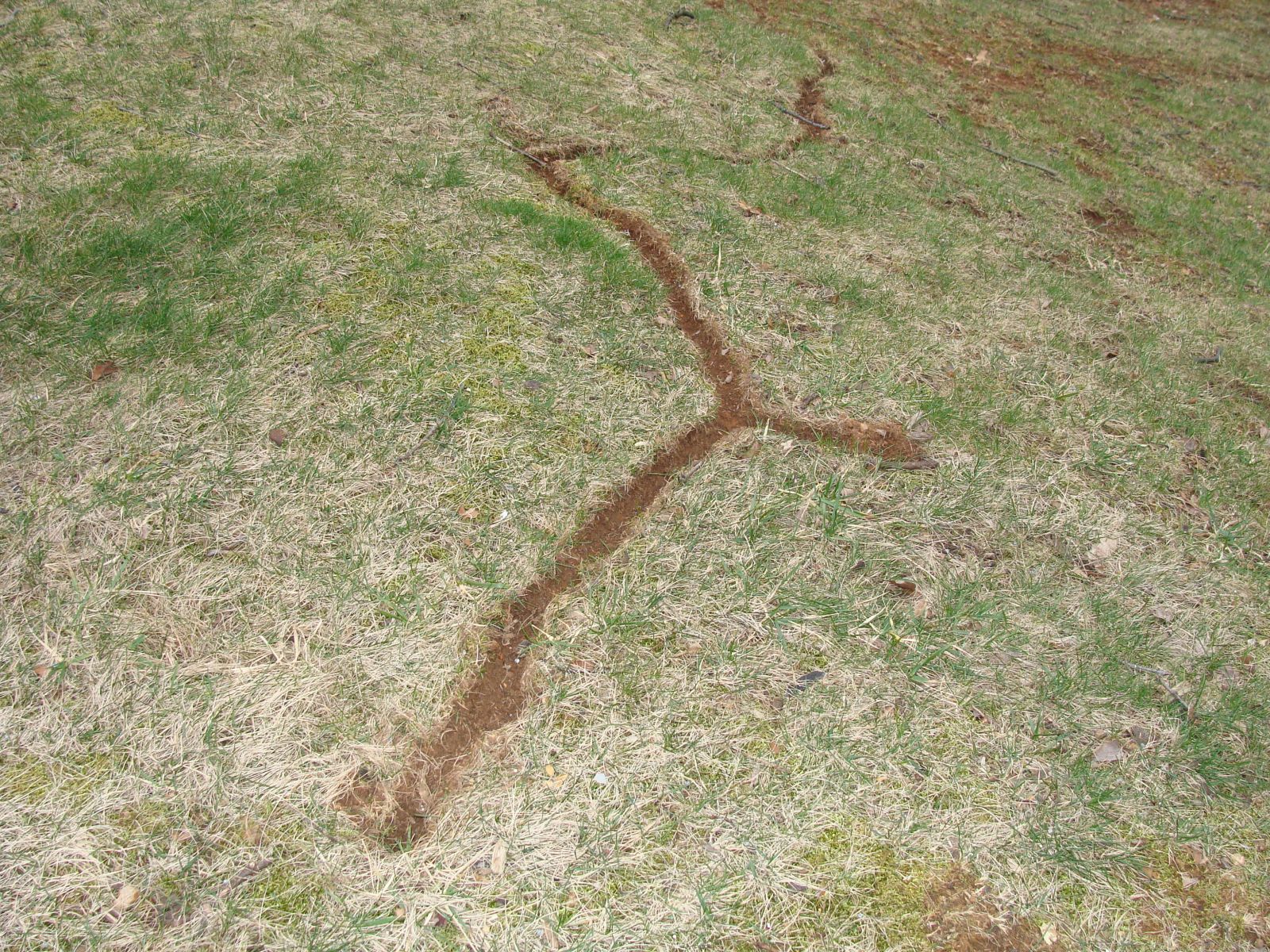Vole Control Methods: Preserving Your Backyard's Beauty
Vole Control Methods: Preserving Your Backyard's Beauty
Blog Article
Grasping Vole Pest Control: Extensive Insights on Infestation Prevention and Treatment Strategies
By recognizing the refined indications of vole infestation early on, we can take aggressive procedures to avoid extensive damage. In this discussion, we will discover the nuances of vole habits, dive into the recognition of invasion indications, and uncover the most efficient avoidance and treatment methods.
Recognizing Vole Actions
Checking out the foraging patterns of voles uses useful insights right into their behavior and environment choices. Voles, little rats looking like mice, are herbivores understood for their underground tunneling tasks. By observing their foraging actions, researchers can get a far better understanding of where voles choose to develop their environments and the extent of their ecological impact. Voles are prolific breeders, with a single female with the ability of creating a number of litters in a year, making it important to understand their habits for reliable insect control approaches.
Research shows that voles exhibit discerning feeding behaviors, liking origins, seeds, and bulbs - vole lawn damage. This nutritional choice influences their foraging patterns, leading them to areas abundant in vegetation and ground cover. In addition, voles are understood to produce elaborate tunnel systems for foraging and nesting functions, suggesting a high degree of adaptability to their surroundings
Recognizing vole behavior is essential for carrying out targeted bug control steps that disrupt their environment choices and foraging tasks. By researching their habits, specialists can establish much more efficient prevention and therapy methods to take care of vole problems.
Identifying Indicators of Vole Infestation
Vole invasions can be found by identifying details signs of their presence in an area (vole yard damage). One of the most common indications of a vole infestation is the presence of surface area paths.
Another crucial indication of vole problem is the existence of small burrow openings in the ground. Voles dig shallow burrow systems with numerous entryways and exits. These burrows work as sanctuary and nesting websites for the voles. Furthermore, voles are understood to leave chewed plant stems, origins, and light bulbs near their burrow openings, showing their feeding task in the area.
Locating these droppings along runways or near burrow openings can validate a vole infestation. By being watchful for these signs, property owners can without delay deal with vole problems and prevent additional damages.
Carrying Out Proactive Avoidance Steps
To properly alleviate the threats linked with vole infestations, residential property owners can proactively execute a range of preventive procedures intended at protecting their landscapes and yards. Furthermore, maintaining yard areas clean and decreasing mess where voles can hide or nest is vital in reducing their existence.
Additionally, utilizing natural vole deterrents like castor oil-based repellents or predator pee can act as reliable safety nets. It is also a good idea to consistently inspect outside spaces for any type of signs of vole task, such as runways or burrow openings, to the original source address potential infestations immediately. By taking on these aggressive prevention methods, building owners can substantially lower the likelihood of vole damage and preserve the wellness and aesthetic appeals of their landscapes.
Effective Therapy Techniques
Including targeted capturing methods and using approved directory rodenticides are crucial parts of efficient therapy strategies for managing vole infestations. Normal surveillance and upkeep are additionally key elements of successful therapy techniques to make certain that vole populaces are maintained under control. By integrating trapping, rodenticides, habitat modification, and regular surveillance, reliable vole parasite control can be achieved.

Monitoring and Upkeep Tips
Regular surveillance enables for the very early discovery of vole activity, making it possible for prompt intervention before problems intensify. To effectively monitor vole populations, strategically positioned traps can be used in vole paths or near burrow entries.
Additionally, maintaining a clean and tidy landscape is necessary in vole avoidance. Clearing up away particles, such as piles of timber or dense vegetation, eliminates possible vole habitats. Frequently trimming and mowing yards plants helps in reducing vole hiding places and minimizes their accessibility to food resources.

Verdict
To conclude, grasping vole pest control calls for a strong understanding of vole habits, the ability to determine signs of infestation, executing proactive avoidance measures, effective treatment techniques, and regular monitoring and maintenance. By taking a comprehensive approach to vole control, people can successfully take care of and protect against invasions, eventually safeguarding their residential or commercial property and surrounding atmosphere from damage triggered by these tiny rats.
In this discussion, we will certainly discover the subtleties of vole habits, dig into the identification of problem signs, and discover the most effective prevention and therapy approaches.Integrating targeted capturing techniques and making use of accepted rodenticides are important elements of efficient treatment strategies for managing vole problems. To efficiently check vole populations, strategically placed catches can be used in vole runways or near burrow entrances. Checking and repairing any kind of damages to these structures guarantees that vole control continues to be effective in protecting homes from infestations. By including these tracking and maintenance practices right into an extensive vole pest control strategy, individuals can effectively handle vole populaces and shield their residential or commercial properties from damage.
Report this page